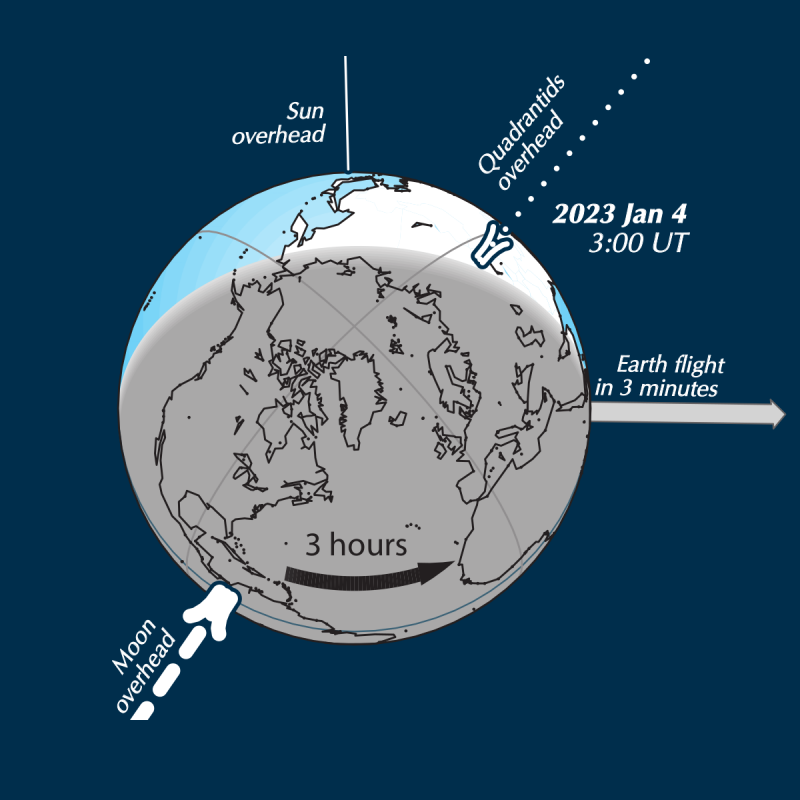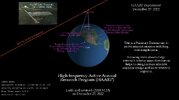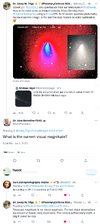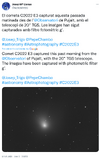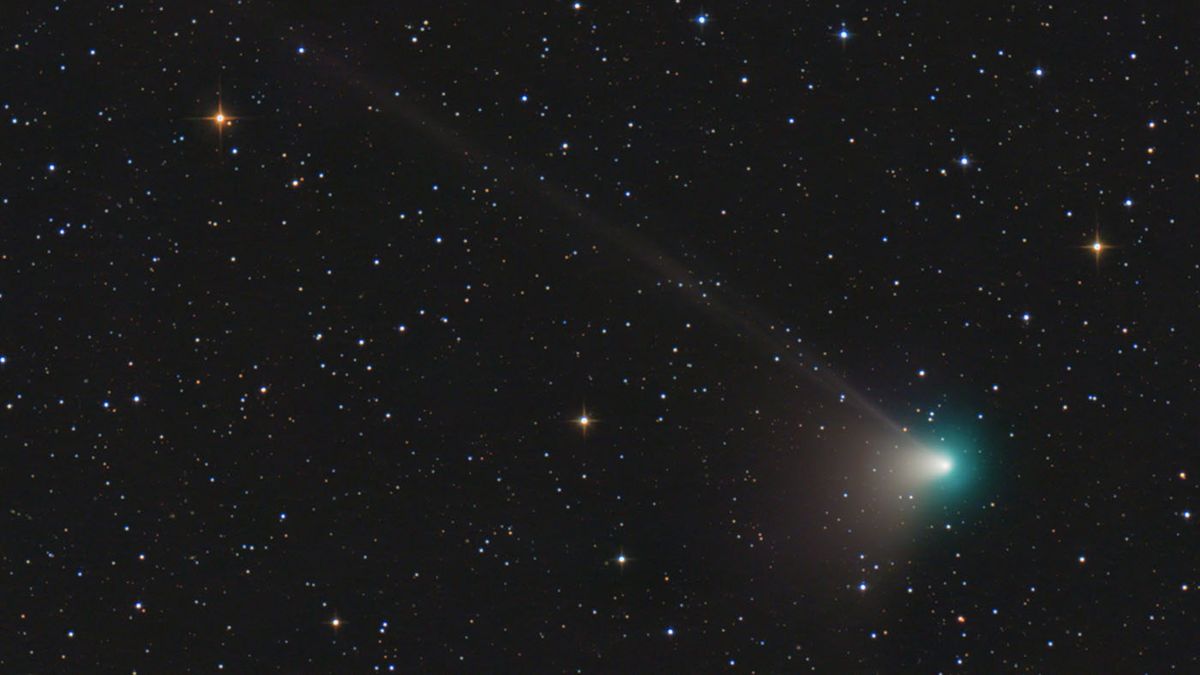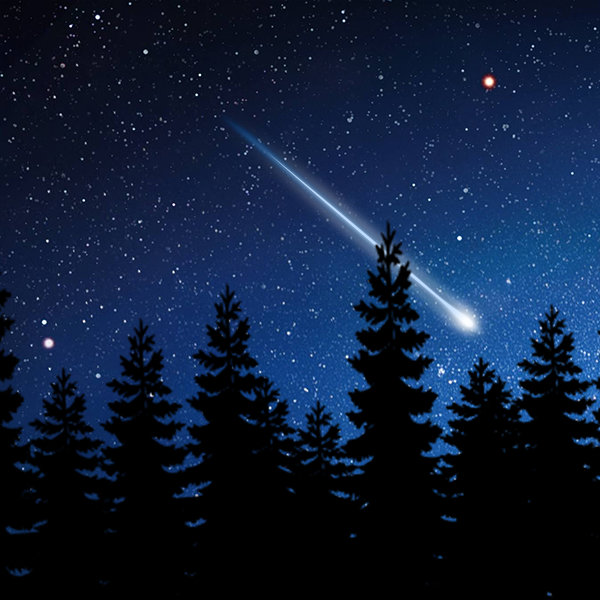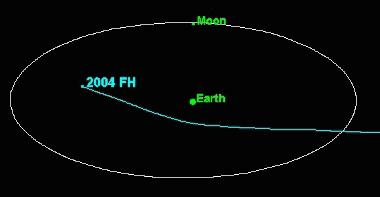Explanation: Comet C/2022 E3 (ZTF) was discovered by astronomers using the wide-field survey camera at the Zwicky Transient Facility this year in early March. Since then the new
long-period comet has brightened substantially and is now sweeping across the northern constellation Corona Borealis in predawn skies. It's still too dim to see without a telescope though.
But this fine telescopic image from December 19 does show
the comet's brighter greenish coma, short broad dust tail, and long faint ion tail stretching across a 2.5 degree wide field-of-view.
On a voyage through the inner Solar System comet 2022 E3 will be
at perihelion, its closest to the Sun, in the new year on January 12 and at perigee, its closest to our fair planet, on February 1. The brightness of comets is
notoriously unpredictable, but by then C/2022 E3 (ZTF) could become only just visible to the eye in dark night skies.
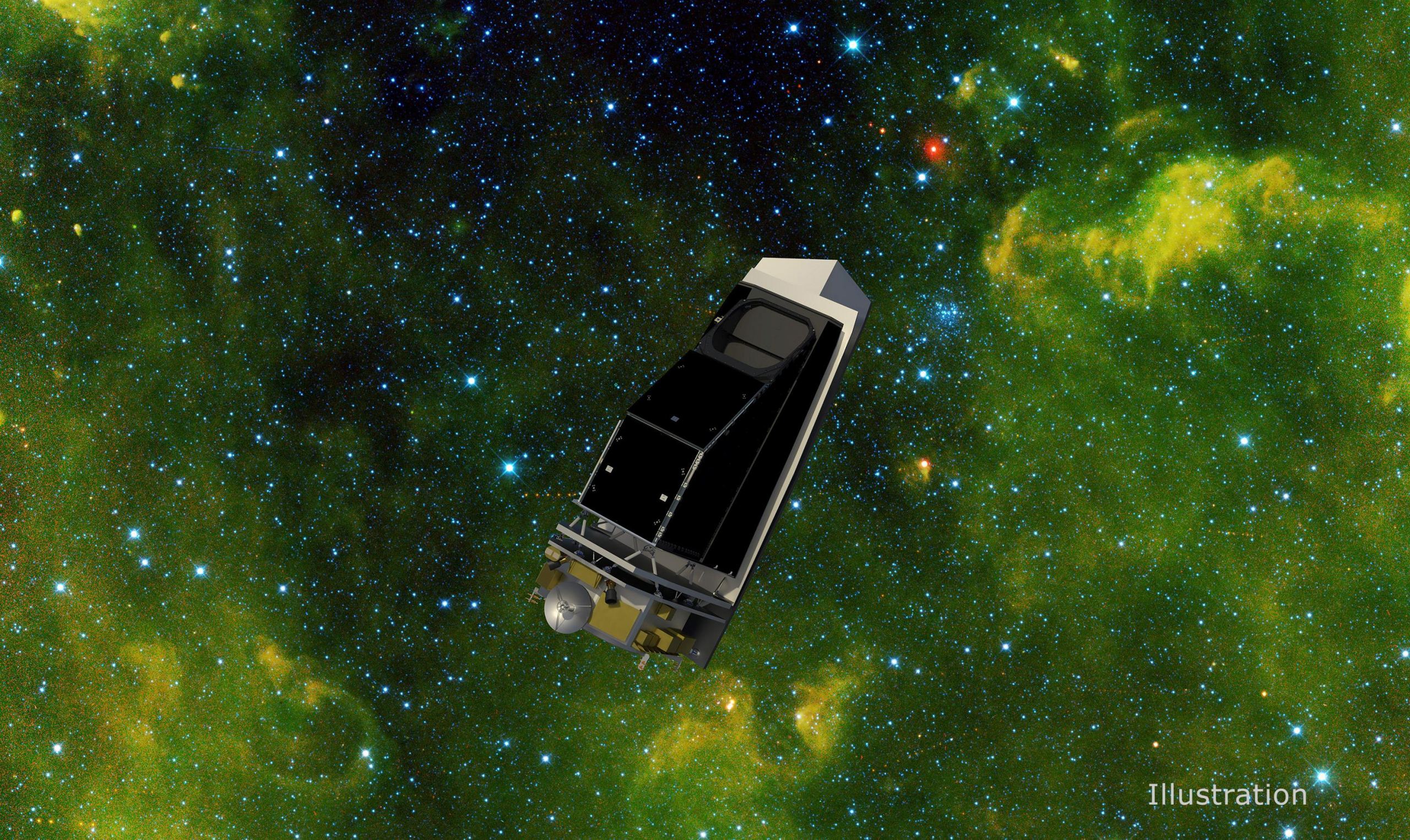
 www.universetoday.com
www.universetoday.com

 www.universetoday.com
www.universetoday.com

